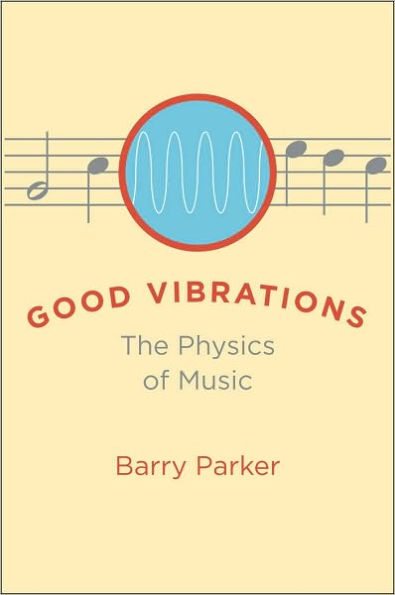5
1

Good Vibrations: The Physics of Music
288
Good Vibrations: The Physics of Music
288eBook
$25.99
$34.00
Save 24%
Current price is $25.99, Original price is $34. You Save 24%.
Related collections and offers
25.99
In Stock

Product Details
| ISBN-13: | 9780801897078 |
|---|---|
| Publisher: | Johns Hopkins University Press |
| Publication date: | 12/15/2009 |
| Sold by: | Barnes & Noble |
| Format: | eBook |
| Pages: | 288 |
| File size: | 21 MB |
| Note: | This product may take a few minutes to download. |
| Age Range: | 18 Years |
About the Author
From the B&N Reads Blog
